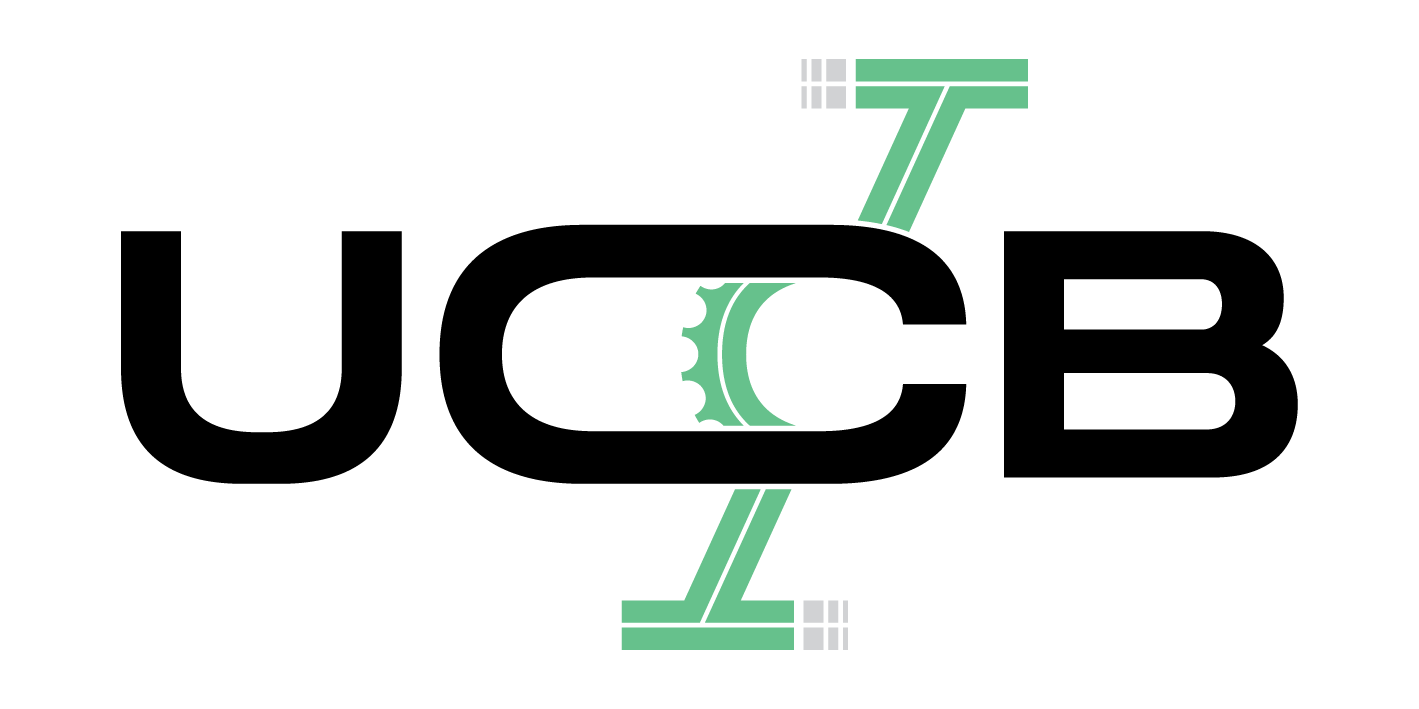Establishing a Safe Routes to School State Network: A 10-Step Guide
Tipo de publicação
Manual
Tipo de autoria
Instituição da Sociedade Civil
Nome do autor
Safe Routes to School National Partnership
Língua
Inglês
Abrangência geográfica
Internacional/Mundial
País
Brasil
Ano da publicação
2008
Palavra chave 1
Cidade para crianças
Palavra chave 2
Educação
Palavra chave 3
Infância
Palavra chave 4
Infraestrutura
Palavra chave 5
Planejamento
Palavra chave 6
Políticas Públicas
Palavra chave 7
Rotas cicláveis
Palavra chave 8
Segurança viária
Descrição
Safe Routes to School: A Vital Need Walking or bicycling to school is now rare. But this wasn’t always the case. In 1969, according to the National Household Travel Survey, approximately 50 percent of children in the United States got to school by walking or bicycling.1 By 2001, about 15 percent of students traveled to school by walking or bicycling.2
The increasing trend of driving kids to school has serious implications for health and safety. Today, kids are less active and 23 percent of children get no free time physical activity.3 Over the past 40 years, rates of obesity have soared among children of all ages in the United States, and approximately 25 million children and adolescents— more than 33 percent—are now either overweight or obese.4 In addition, 20 percent to 30 percent of morning traffic can be generated by parents driving their children to schools,5 and 50 percent of children hit by cars near schools are hit by parents of other students.
Safe Routes to School (SRTS) is a national movement that is making it safer and more convenient for children to walk and bicycle to school. Concerned by the long-term health and traffic consequences of the aforementioned trends, the U.S.
Congress approved $612 million in August 2005 for state implementation of SRTS programs over five years. Each state is receiving a minimum of $1 million per fiscal year through 2009 for SRTS, and is charged with creating a full-time SRTS coordinator that is associated with the state Department of Transportation. Each state must spend 10 percent to 30 percent of their funds on non-infrastructure activities including encouragement, public awareness, enforcement and educational programs. In addition, 70 percent to 90 percent of funds are spent on infrastructure—sidewalks, bike lanes, pathways and traffic-calming activities.
The State Network Project and this guide were made possible by a generous grant from the Robert Wood Johnson Foundation.
The Robert Wood Johnson Foundation focuses on the pressing health and health care issues facing our country. The Foundation works with a diverse group of organizations and individuals to identify solutions and achieve comprehensive, meaningful and timely change.
For more information visit www.rwjf.org.



 Ao navegar no Observatório da Bicicleta você concorda com os
Ao navegar no Observatório da Bicicleta você concorda com os